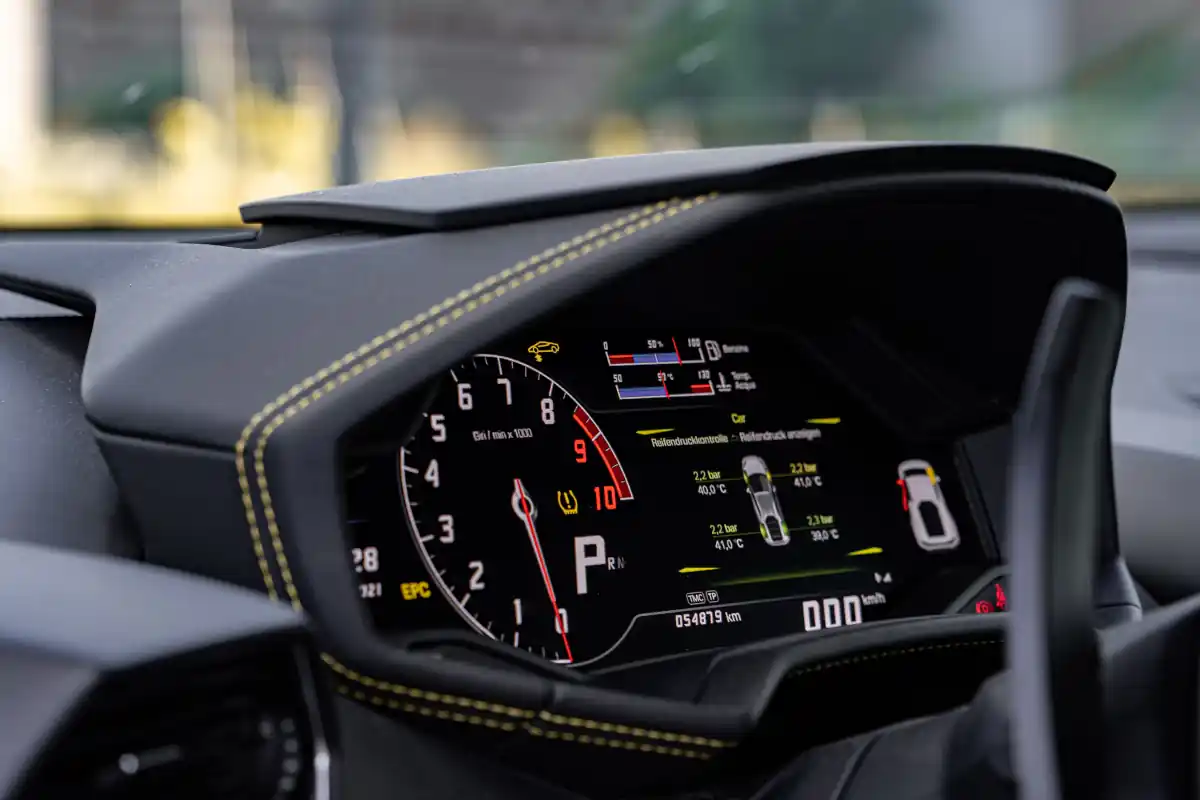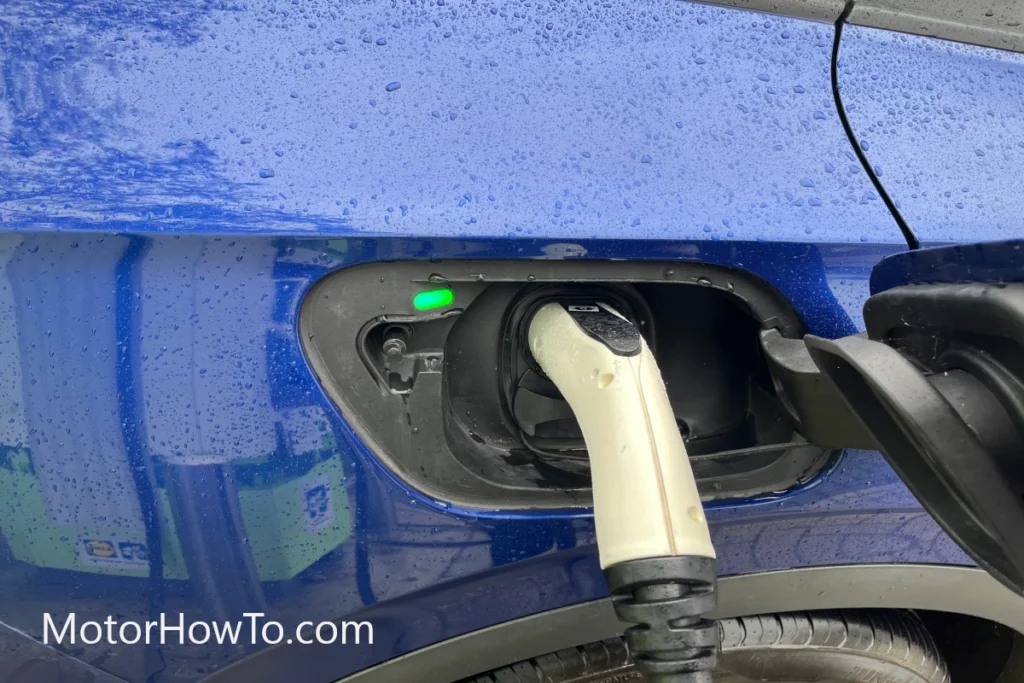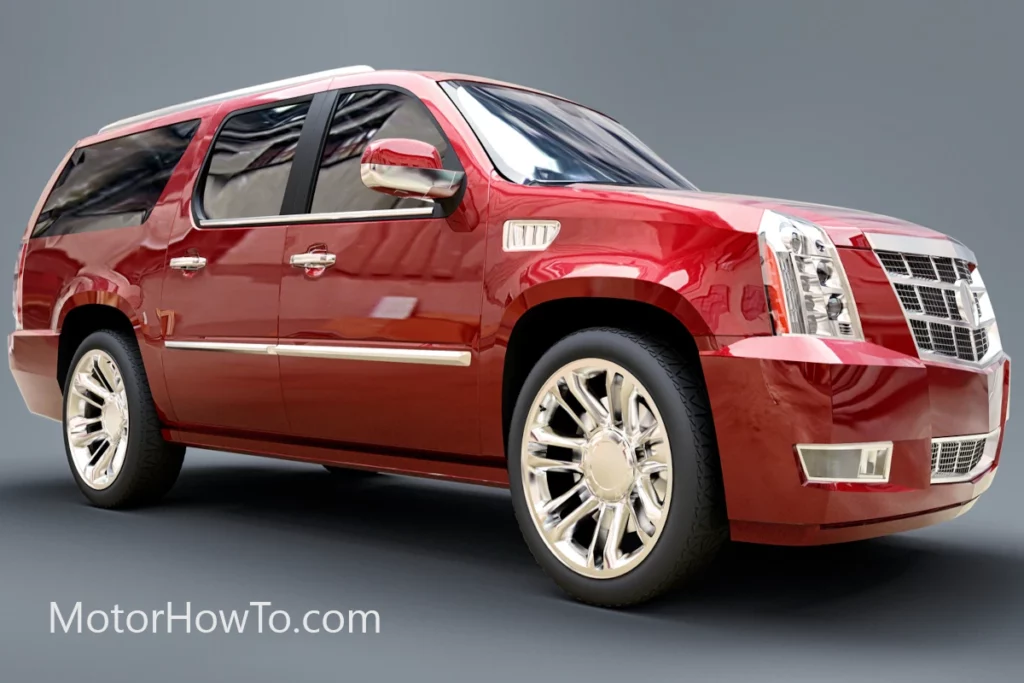When it comes to cars, most vehicles nowadays are designed far differently from what we have seen in the past.
This is true for the instrument panel you see in your car, as even the instrument panel has evolved and changed throughout the years, thanks to the advancements in technology we have experienced.
But what is the design of most instrument panels today?
An instrument panel design today varies depending on the manufacturer of the car. However, a lot of cars now feature digital screens on their instrument panel. And as time has passed and technology improved, more and more components have been added to an instrument panel design.

If you happen to have driven an older car that was manufactured may be at least a decade ago, you would be familiar with the traditional analog instrument panel design.
But because we are now in the digital age, even the instrument panel has seen its fair share of changes and has even gone digital.
Now, let us talk more about instrument panel design.
What is instrument panel design?
If you are familiar with cars or are regularly driving a car, you would know what those different instruments on your car mean.
The speedometer, tachometer, fuel gauge, and all of those other instruments all form what we call the instrument panel on your car or vehicle.
You probably know an instrument panel as the “dashboard” of your car, as that is what it is often called.
The dashboard, because it has many different purposes for the driver, needs to be somewhere in direct view of the driver so that he can easily look at the different gauges that will tell the car’s status.
You wouldn’t know the speed at which you are going if you can’t look at the speedometer easily.
And you would certainly run out of fuel if you didn’t have an easy way to check how much gas you have left in the tank.
That is why the instrument panel is always in front of the driver so that it would be easy for him to see all of the different instruments on it.
If you have been driving for a very long time and have been inside an older vehicle manufactured at least ten years ago, you would be familiar with what we often call the traditional dashboard or instrument panel design.
This consists of different gauges, meters, and dials that are all analog.
The same is what we call the classic instrument panel design.
An instrument panel design varies depending on the manufacturer of the car.
There is no clear design that is being followed when it comes to the instrument panel because this really just depends on how the car is manufactured and what kind of design the manufacturer wants to implement.
However, what is usually common between them is that they all have the important necessary instruments to the driver.
But, as to the design, it varies from one car company to another.
Many different instrument panel designs are used as some dashboards are often designed depending on a combination of aesthetics, comfort, and functionality.
But the fact remains that most dashboards in older cars feature analog meters and gauges that have always been the standard when it comes to instrument panel design.
However, we also have to point out the fact that car technology is also improving just as fast as any of our current techs.
In that sense, car manufacturers are getting more creative with their instrument panel designs.
This leads us to our next point…
What do instrument panel designs look like now?
Back in the day, common instrument panels only had the basics such as the speedometer, tachometer, and odometer, among all other things that are commonly found on a car’s dashboard.
But because the world is becoming more digital and different technologies have been implemented in cars, we are now seeing a more digital version of the instrument panel.
Nowadays, as digital screens are becoming cheaper, car manufacturers can implement digital instrument panels on their vehicles without even costing a ton of dollars.
Because cars can do more nowadays compared to what they could do in the past, more and more instruments and components are now seen in the modern instrument panel.
In terms of how instrument panels are designed nowadays, manufacturers have been implementing a more digital version of the dashboard.
Some cars now feature digital versions of the speedometer, which shows digitized numbers instead of using the usual meter or gauge when showing the car’s speeds.
There are even some cases where the instrument panel design is fully digital such as when everything is flashed on a screen in numerical formats.
However, there are still manufacturers that are using the gauges and the dials but use a digital format by flashing digital gauges, meters, and dials on a screen.
This design is better suited for those who are used to the classic analog instrument panel design.
And while some dashboards still feature the common and traditional gauges, some instrument panels are now using digital touch screens that are capable of displaying some of the different information that you won’t be able to see in a traditional instrument panel design.
This can include a GPS tracking system, weather information, cabin climate control, and media control.
However, there are also cars that actually do away with the traditional dashboard design altogether as the instrument panel seems empty except for a single smart touchscreen device that features everything you need in relation to how you control some of the other important aspects of the car.
This is common in the newer and more advanced electric cars we have today as their dashboards are empty except for that screen, which already has all of the information and the instruments that you can control with a tap of a finger on the screen.
The digital age may have taken over dashboard designs.
However, the traditional instrument panel design still has a place in this world, especially when you consider how some of the older drivers are already used to the older dashboards. Again, it depends largely on the manufacturer of the car.
So, on your part, the instrument panel design might be something you would want to consider when you are picking out your next car.
After all, you might end up with a good car with an instrument panel design that just doesn’t fit your tastes and personal preferences.



